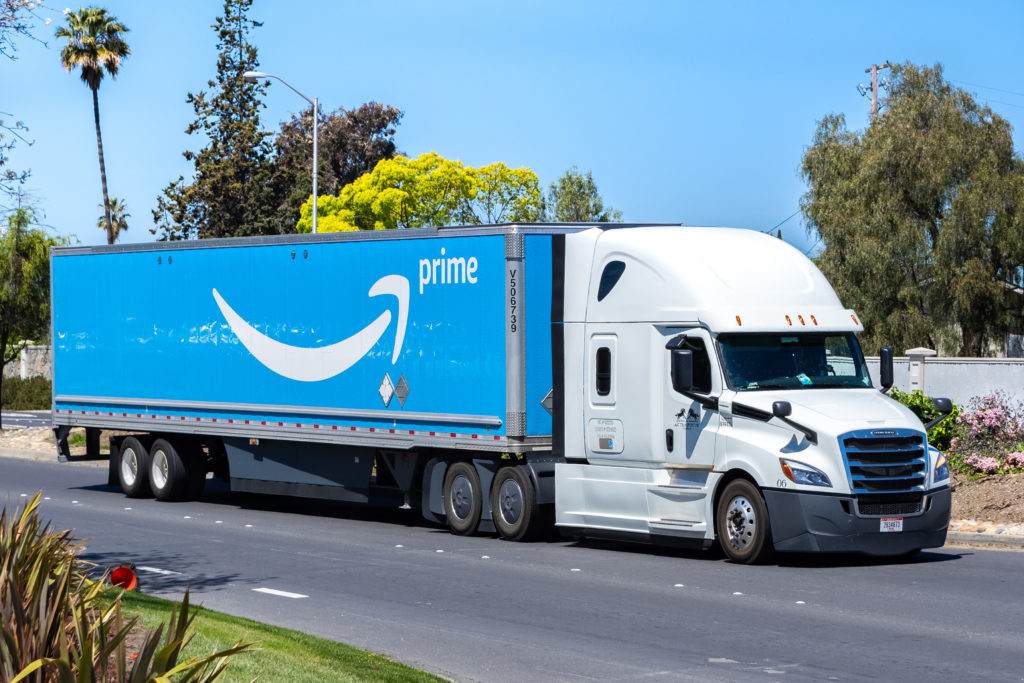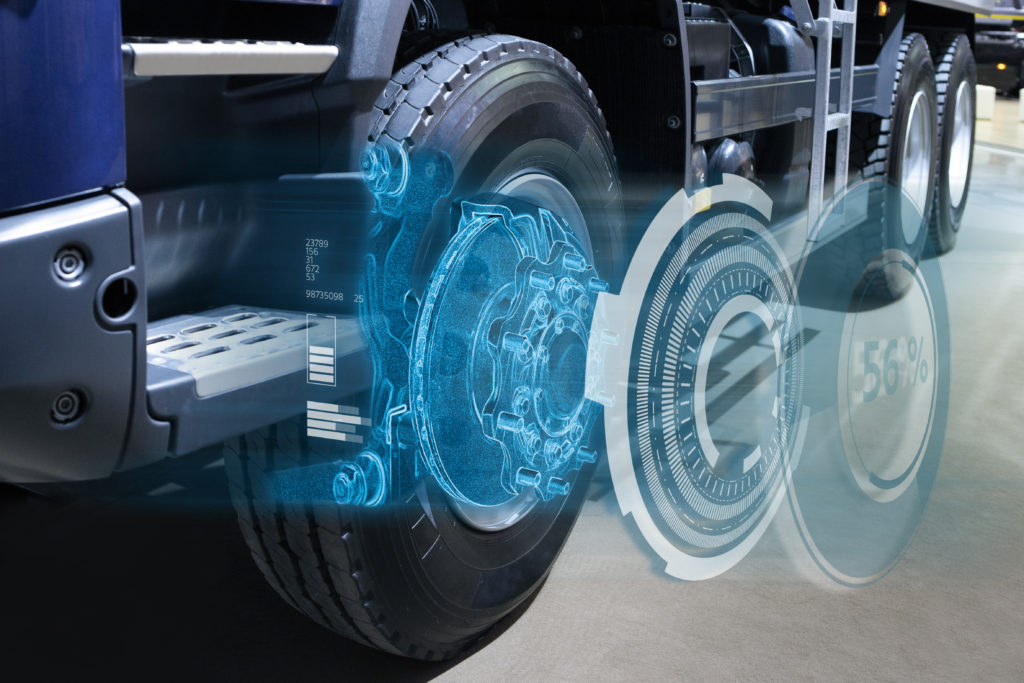
For workers who make their living on the roads, it’s of the utmost importance that traffic continues moving, even during winter weather.
For emergency planners, this isn’t necessarily always an easy feat–especially when multiple car accidents occur in the same area.
For semi truck drivers Michelle and Floyd Goss, keeping a close eye on upcoming weather systems can make or break their hauls between Montana and Colorado. If conditions get bad enough, there’s a huge strain on the timeliness of their deliveries.
“If it’s too bad, then we just stay here, we have enough food in the truck to last us about three weeks,” said Floyd, who owns and operates his vehicle-hauling truck.
Both Michelle and Floyd had to put chains on their tires for the incoming weather, and they say all drivers–not just truckers–should keep with them an emergency kit at all times, but especially during winter. Things to include are food, water, jackets, and blankets. More importantly, though, is making sure other drivers are aware of all semi trucks they may be sharing the road with in snowy conditions.
“It takes so much longer for us to stop, and if anything happens, that’s an 80,000 pound vehicle versus your 2,000 to 2,500 pound car,” Floyd said. “If we tangle, you’re going to lose.”
The biggest thing for drivers to keep in mind is to always give trucks plenty of room, take it slow, and stay patient.
For truck drivers, though, safety precautions are doubly important in winter weather.
On top of extra food, water, and blankets in your emergency kit, truckers should also keep on board:
-Rain/snow gear, extra gloves
-A coat that can support both day and night temperatures
-A flashlight
-A bag of sand/salt
-Extra windshield washer fluid
-A windshield scraper
-Jumper cables
-Tire chains/traction mats
-At least a half tank of gas at all times
In addition, Roadmaster Drivers School also has these tips for truckers planning a trip during inclement weather conditions:
-Complete pre-trip inspections–Commercial drivers must inspect their vehicles prior to every trip. They should do a hands-on visual inspection and check tires, wiper blades, fluids. and lights. Truckers should check their vehicles more often in extreme temperatures.
-Slow down–Because most winter accidents take place when drivers go too fast for the road conditions, and hydroplaning can happen easily at higher speeds in slush, a slower speed will give you more time to react.
-Brake and accelerate lightly–Doing anything forcefully in bad weather can be detrimental. If your vehicle has an anti-locking brake system, use it properly by pressing and holding the brake down as far as possible in the event of an emergency. ABS prevents wheels from locking so you can steer around obstacles. If your vehicle does not have ABS, lightly pump your brakes when needing to slow down quickly on slick roads–this will decrease your likelihood of sliding out of control.
-Give yourself plenty of safe space–Keep an ample following distance between yourself and other vehicles so that you always have space and time to move out of the way of a dangerous situation.
-Hold the steering wheel firmly–Sudden moves can easily make you lose control of your vehicle, so be sure to keep both hands on the wheel and keep your vehicle steady through heavy wind and when ice or ruts appear on the road.
-Watch out for black ice–Black ice is a thin layer of clear ice that shows up when temperatures are near freezing and can make the road look only slightly wet. Never assume that just because the sun is shining that the road is only wet, and use these clues to be able to spot black ice when the temperature is getting close to freezing.
- Ice build-up on antennas, windshield corners, or mirror arms
- Spray from tires on vehicles ahead will stop
-Use caution on bridges–Elevated structures tend to freeze first, and are often not treated with snow-melt materials (like salt), whereas other parts of the road may be. Black ice is often found on bridges, and vehicles driving easily on the highway may spin out of control on a bridge or highway overpass.
-Be wary of mountain driving–Weather on mountains can be unpredictable during the winter months and can change rapidly. Be on the lookout for emergency vehicles, snowplows, and wind gusts. Do not stop in avalanche zones. Tire chains may also be required for some of these routes.
-Remain in your vehicle if you get stuck–Stay put if you end up getting stuck in a storm or if you slide off the road and can’t see a nearby place to find help. Bundle up and keep moving to stay warm. Keep your exhaust pipe clear of snow, open a downwind window for ventilation, and run your engine for only around 15 minutes each hour.
-Obey all road signs–Warning information is always posted for good reason, and a curve posted at 35 mph is because testing has determined that is the safest maximum speed for any vehicle on the road.
-If conditions look too bad for driving, get off the road–Use your best judgment, listen to weather reports and act accordingly. Don’t push your luck.
-Treat your fuel–Cold temperatures can cause diesel to gel, so it may be helpful to stock up on anti-gel ahead of bad weather.
-Keep in mind the ‘Five Keys to Space-Cushion Driving’ that many carriers make required training for drivers—
- Aim High in Steering: Look far enough ahead of your vehicle so you have time to react to any hazards.
- Get the Big Picture: Keep a lookout all around our vehicle.
- Keep Your Eyes Moving: Scan the entire area as often as possible.
- Leave Yourself an Out: Have an escape plan for you and your vehicle.
- Make Sure They See You: Make sure other drivers are aware of your presence.




